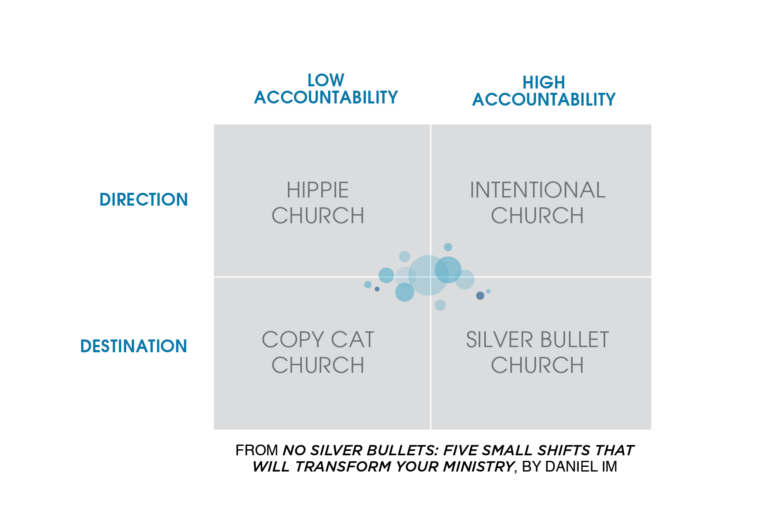Everything has changed.
Okay, maybe not everything, but doesn’t it sort of seem like everything’s different?
Sure, there are the in-your-face differences like masks, social distancing, online school, and the run-for-the-mountain reflex when someone sneezes, but more than all of that, I find it’s the subtle differences that scare me the most. Things like that subtle anxiety when someone gets too close or the crowd is too large, or that subtle knot in your stomach when you wonder whether your church auditorium will ever be full again. Subtle things like that…
Now at some point in the future, I’m quite certain the in-your-face differences will come to an end and life will return to some semblance of normal, but what about those subtle differences…?
We’re in the middle of some permanent changes to the way we feel, think, and live.
Culture post-COVID is not going to be the same as culture pre-COVID, so what can we do today, since we’re in the middle of it all?
What can we do today to better prepare ourselves to reach our neighbourhoods and cities tomorrow, once COVID is a thing of the past? Especially if you’re a church leader?
Isn’t the answer to introduce change?
Yes, it certainly is. But where to start?
In my book, No Silver Bullets: Five Small Shifts that will Transform Your Ministry, I talk about change this way:
Any change you try to implement in your church has one of three fates. 1) It’ll never get off the ground because it will be seen as a bacteria, virus, or foreign matter and subsequently be rejected. 2) The change will happen, but because it doesn’t fit into your vision, strategy, and values, you will inevitably end up changing things again. 3) The change will move you closer to the vision, strategy, and values that God has called you to embrace because you started with discernment by using the three steps for introducing change.
Here’s where most church leaders get things wrong.
We get so excited about the change—or some program that we’ve seen work elsewhere—that we completely forget that we’re introducing this change into a living, breathing, organism (the church) made up of living, breathing, organisms (people).
What I don’t want to do is tell you what you need to change, or even give you a few suggestions on things to change. Instead, I want to advise you to pause, take a step back, and assess what kind of culture your church currently has: Are you a Copy Cat Church, Silver Bullet Church, Hippie Church, or an Intentional Church?
Once you figure this out, your path forward will be abundantly clear.

In the first chapter of No Silver Bullets, I’ve included a full explanation of the Influences Matrix (above diagram), and also a few assessments that will help you discern where your church is at, so that you can figure out where you need to go.
Instead of trying to copy and paste all of that into this post, I thought it’d be better just to give you all of that for free. So if you click here, you can download the first chapter for free to discern where you’re at and what needs to change as we adjust to our new post-COVID reality of life.
Friends, don’t waste this pandemic.
Please see it as an opportunity to be a student of your church, so that you can prayerfully discern what needs to change moving forward, in order for your church to be a sign, instrument, and foretaste of the kingdom of God in your neighbourhood, town, or city.
Don’t change things until you first start here.


